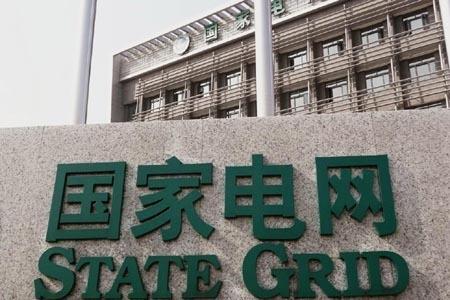
China's State Grid to invest $5.66b in five pumped hydro storage plants
The plants, with a combined capacity of 6GW, aim to address energy wastage.
Reuters reports that China’s State Grid Corp will invest $5.66b to build five pumped hydro storage plants with a combined capacity of 6GW across the country. The plants to be located in the provinces of Jilin, Hebei, Shandong and Zhejiang, and far west region of Xinjiang are expected to be launched by 2026.
State Grid currently has 19.23 GW of pumped hydro storage capacity and 30.15 GW under construction. It eyes the launch of at least 40GW of pumped hydro storage plants by 2020.
The utility aims to address energy wastage, where wind waste rate has hit 8.7% and solar waste has reached 3.6%. These storage plants could be used as reservoirs.
Read the full report here.























 Advertise
Advertise







